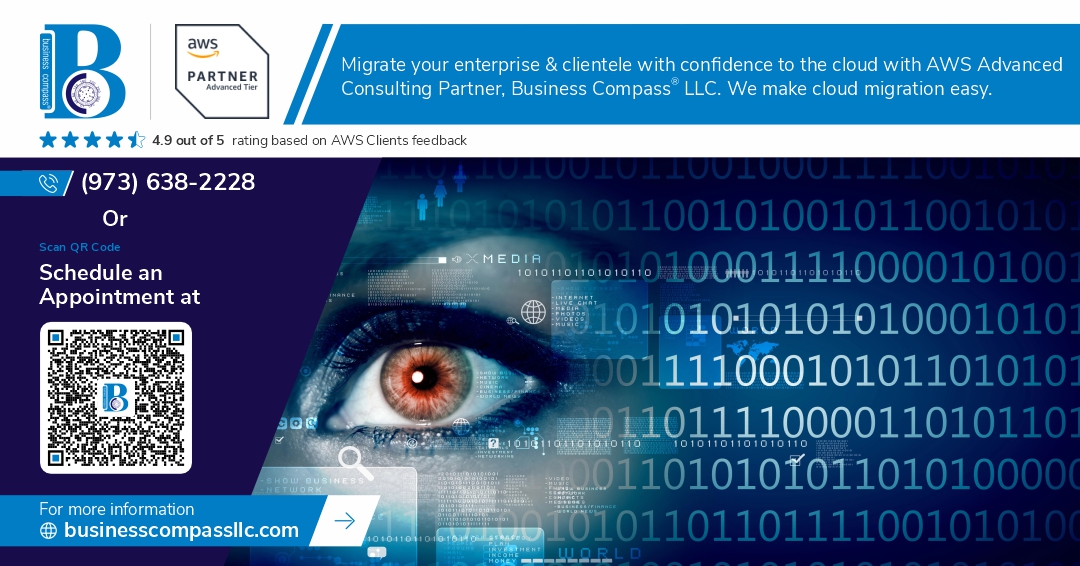AWS Zero Trust Architecture: How to Build a Secure, Identity-Centric Network
In today’s cloud-native world, perimeter-based security is no longer sufficient. As enterprise networks expand with remote workforces, SaaS applications, and multi-cloud environments, attackers are finding new vectors to exploit. This evolving threat landscape demands a more robust security model — one that assumes no implicit trust. Enter Zero Trust Architecture (ZTA), a security paradigm that AWS has deeply integrated into its services.
What Is Zero Trust?
Zero Trust is a security framework that operates on the principle: “Never trust, always verify.” Unlike traditional security models that trust users within the corporate network, Zero Trust requires continuous validation of identity, context, and access rights before granting access to resources.
Core Principles of AWS Zero Trust Architecture
Strong Identity Verification
Use AWS IAM, IAM Identity Center, and Amazon Cognito to authenticate and authorize users.
Enforce MFA (Multi-Factor Authentication) across all access points.
Implement least privilege access using IAM policies and role-based access controls (RBAC).
Microsegmentation and Network Isolation
Deploy Amazon VPCs, Private Subnets, and Security Groups to create isolated network segments.
Use AWS Network Firewall, Route 53 Resolver DNS Firewall, and VPC Lattice for policy enforcement and inspection.
Continuous Monitoring and Analytics
Leverage AWS CloudTrail, Amazon GuardDuty, and AWS Config to track activity and compliance.
Set up Amazon CloudWatch Alarms and AWS Security Hub to monitor for anomalies in real time.
Device and Endpoint Verification
Integrate with AWS Systems Manager to assess device posture.
Use AWS Verified Access (based on VPN-less access model) to ensure trusted endpoints.
Policy Enforcement at Every Layer
Apply service control policies (SCPs) through AWS Organizations.
Implement attribute-based access control (ABAC) with tags to scale policy management.
Building a Zero Trust Network on AWS: Step-by-Step
Define the Protected Surface
Identify critical workloads, databases, or APIs — your "crown jewels."
Map the Transaction Flows
Understand how data moves within and across services (e.g., EC2 to RDS or user to API Gateway).
Build Context-Aware Policies
Implement IAM policies that consider user identity, resource type, and conditions like source IP, device, or time of access.
Use AWS Services to Enforce Zero Trust
IAM and IAM Roles – Enforce granular access
Amazon API Gateway – Validate tokens, implement rate limits
Amazon VPC Lattice – Enforce service-to-service trust
Amazon WorkSpaces/Web – Secure access to apps and desktops without exposing internal resources
Enable Secure Access with AWS Verified Access
Replace legacy VPNs with AWS Verified Access for secure, identity-based access to private applications.
Automate Auditing and Compliance
Enable CloudTrail, Config, and Security Hub for audit trails, configuration tracking, and compliance checks.
Integration with Third-Party Identity Providers
AWS supports integration with SAML, OIDC, and OAuth 2.0 for federated identity. You can connect to Okta, Azure AD, or Google Workspace for single sign-on (SSO) and seamless identity orchestration.
Benefits of AWS Zero Trust Architecture
Reduced attack surface
Enhanced user access control
Improved incident response and forensics
Scalable, policy-driven security management
Compatibility with hybrid and multi-cloud environments
Real-World Use Cases
Financial Services: Secure sensitive data with fine-grained access control and end-to-end encryption.
Healthcare: Ensure HIPAA compliance by isolating protected health information (PHI) and restricting access.
Software Development Teams: Enable secure, role-specific access to CI/CD pipelines and repositories using ABAC and AWS Verified Access.
Conclusion
Adopting a Zero Trust Architecture with AWS helps organizations modernize their security posture for the cloud era. By shifting from implicit trust to continuous verification, you not only mitigate risks but also enable agile, secure access for users, applications, and services.
Start small — pick a critical workload, implement Zero Trust principles using AWS native tools, and expand your model organization-wide.

Comments
Post a Comment